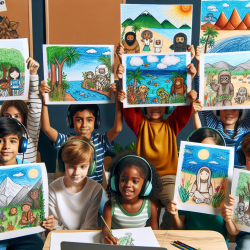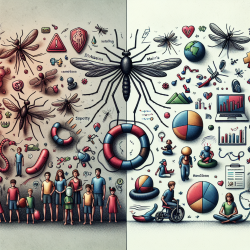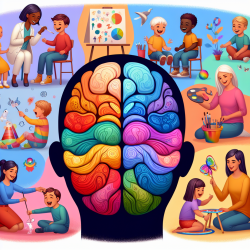Unlocking the Secrets of Children's Perceptions Through Art
In the bustling world of speech-language pathology and educational therapy, understanding how children perceive their environment can significantly enhance therapeutic outcomes. A recent study titled Nature as a Living Presence: Drawings by Tupinambá and New York Children provides a fascinating glimpse into how children from different cultural backgrounds perceive nature, and the implications for educational and therapeutic practices are profound.
The Study: A Cross-Cultural Exploration
This research explored the environmental perceptions of children aged 6 to 14 from the indigenous Tupinambá community in Brazil and children from New York. The study utilized children's drawings and interviews to assess their views on nature. The Tupinambá children’s drawings were notably more vibrant and integrated, often depicting human and non-human elements in harmony. In contrast, New York children’s drawings reflected a more utilitarian view of nature, often highlighting human impact on the environment.
Key Findings and Their Implications
- Liveliness and Animism: Tupinambá children’s drawings exhibited more liveliness and animism, suggesting a cultural perception of nature as a living, interactive presence. This contrasts with the New York children, who showed less animism, possibly reflecting Western cultural norms that view nature more impersonally.
- Environmental Awareness: New York children demonstrated awareness of environmental issues, often depicting nature as a victim of human activity. This awareness is crucial for fostering environmental stewardship.
- Educational Strategies: The study suggests that educational strategies should be tailored to cultural contexts. For younger children, fostering an emotional connection to nature might be more effective, while older children may benefit from more cognitive, knowledge-based approaches.
Implications for Practitioners
For practitioners in speech-language pathology and educational therapy, these findings underscore the importance of integrating cultural and environmental contexts into therapeutic practices. Encouraging children to express their perceptions of nature through art can provide valuable insights into their cognitive and emotional development. Furthermore, fostering a connection to nature can enhance children's well-being and support their developmental needs.
Future Research Directions
This study opens the door to numerous questions for future research. How do different environments and cultural contexts shape children's perceptions of nature? What role does technology play in these perceptions? Further exploration could lead to more effective educational and therapeutic strategies that harness children's innate connection to the natural world.
To read the original research paper, please follow this link: Nature as a living presence: Drawings by Tupinambá and New York Children.










